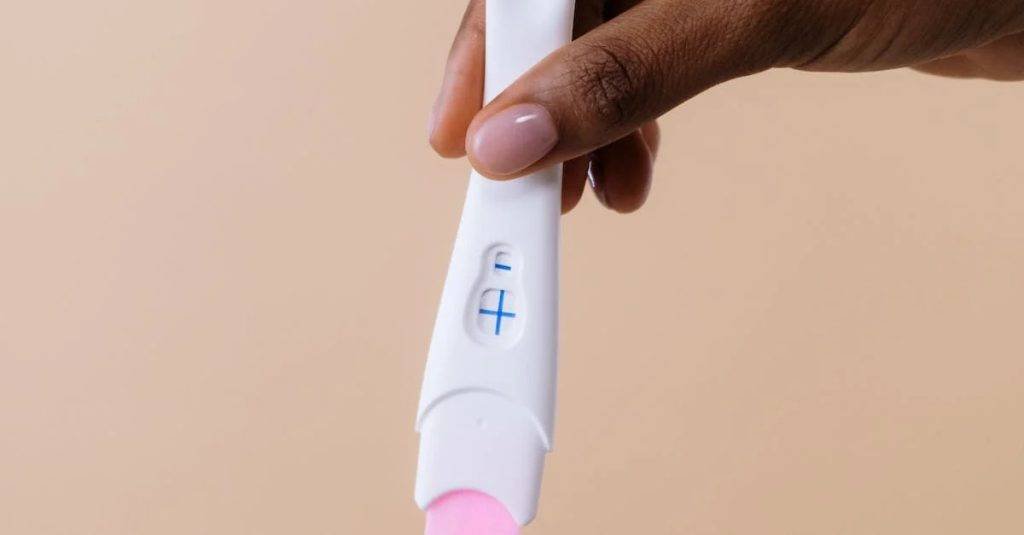If you’re experiencing white discharge, you may wonder whether it’s necessary to see a female doctor. White discharge is a common condition, but it can be caused by a variety of factors, ranging from normal vaginal discharge to sexually transmitted infections. In this article, we’ll explore the causes and symptoms and answer the question, “Should you see a lady doctor for white discharge?”
It is a fluid produced by glands in the vagina. It carries dead cells and bacteria. It helps avoid infection by keeping the vagina clean.
What is white discharge?
White discharge is a common condition experienced by many women. It is a natural process that helps to keep the vagina clean and healthy. Normal vaginal discharge is usually clear or milky white in color, and it has a mild odor. However, the amount, color, and consistency of discharge can vary from person to person and throughout the menstrual cycle.
What are the causes of white discharge?
White discharge can be caused by several factors, including:
Normal vaginal discharge
Normal vaginal discharge is a combination of cervical mucus, vaginal cells, and bacteria that helps to keep the vagina clean and healthy. It is usually clear or milky white in color, and it has a mild odor.
Yeast infections
Yeast infections are a common cause of the discharge. They are caused by an overgrowth of yeast in the vagina and can cause itching, burning, and redness in the vaginal area.
Bacterial vaginosis
Bacterial vaginosis is a condition caused by an overgrowth of bacteria in the vagina. It can cause white, gray, or yellow discharge, and it can have a strong, fishy odor.
Sexually transmitted infections (STIs)
Certain STIs, such as chlamydia, gonorrhea, and trichomoniasis. These infections can also cause other symptoms, such as itching, burning, and pain during sex.
Menopause
As women age and enter menopause, their bodies produce less estrogen, which can cause changes in the vaginal walls and lead to white discharge.
What are the symptoms of white discharge?

The symptoms of discharge can vary depending on the underlying cause. In general, it may be accompanied by the following symptoms:
- Itching or burning in the vaginal area
- Pain during sex
- Pain or discomfort when urinating
- Swelling or redness in the vaginal area
- A strong, fishy odor
How is white discharge diagnosed?
To diagnose the cause, your doctor may perform a physical exam and ask about your symptoms and medical history. They may also take a sample of the discharge for testing to determine the underlying cause.
When should you see a doctor?
If you are experiencing any symptoms of white discharge, it is important to see a doctor. Additionally, you should see a doctor if you have:
- Persistent or unusual vaginal discharge
- Vaginal discharge that is accompanied by a fever or pain in the lower abdomen
- Vaginal bleeding or spotting outside of your regular menstrual cycle
- Pain or discomfort during sex
What should you expect during a doctor’s visit?
During a doctor’s visit, your doctor will likely perform a physical exam and ask about your symptoms and medical history. They may also take a sample of the discharge for testing to determine the underlying cause. Depending on the cause of your white discharge, your doctor may prescribe medication or recommend other treatments.
How is white discharge treated?
The treatment depends on the underlying cause. If the cause is a yeast infection, your doctor may prescribe an antifungal medication. If the cause is bacterial vaginosis, your doctor may prescribe antibiotics. Additionally, if you have an STI, your doctor will prescribe appropriate treatment.
How can white discharge be prevented?
To prevent this, you can take the following steps:
- Practice good hygiene
- Wear cotton underwear
- Avoid tight-fitting clothing
- Use condoms during sex
- Avoid douching or using scented products in the vaginal area
Can white discharge affect pregnancy?
White discharge is common during pregnancy and is usually not a cause for concern. However, if the discharge is accompanied by itching, burning, or a foul odor, it may indicate an infection and should be treated promptly.
Is white discharge a sign of cancer?
White discharge is usually not a sign of cancer. However, if you experience any unusual symptoms or changes in your discharge, it is important to see a doctor for an evaluation.
Can white discharge be a symptom of a more serious condition?
In rare cases, white discharge can be a symptom of a more serious condition, such as cervical cancer or pelvic inflammatory disease. If you experience any unusual symptoms or changes in your discharge, it is important to see a doctor for an evaluation.
How can you talk to your doctor?
Talking to your doctor about white discharge can be uncomfortable, but it is important, to be honest, and open about your symptoms. Your doctor is there to help you and will not judge you. You can prepare for your appointment by writing down your symptoms and any questions you may have.
Can men experience?
Men can experience white discharge from the penis, which may indicate an infection or other underlying condition. It is important for men to see a doctor if they experience any unusual symptoms or changes in their discharge.
How long does white discharge last?
The duration depends on the underlying cause. In some cases, it may last for a few days, while in other cases, it may persist for several weeks or longer.
Vaginal discharge is typically totally normal. However, during the menstrual cycle, the quantity, smell, and color of discharge can change.
Normal vaginal discharge
Let’s talk about what normal vaginal discharge is:
● It is thin, transparent, and either pales yellow or white in appearance.
● Increase often two weeks before menstruation
● It May change with the intake of some birth control pills.
● It has no unpleasant odor and doesn’t make you itchy or irritated
Visit your lady doctor if you face problems:
Contact a lady doctor if you feel any of the symptoms discussed below:
● The color of your discharge has changed.
● Increased quantity of discharge.
● When the discharge first becomes strongly scented.
● When the pain in your pelvis starts.
● You notice pain, itching, and discomfort in or close to your vagina.
If the initial course of treatment doesn’t work, ask your doctor for extra tests. Labs have access to a wide range of tests to identify infections. Ignoring the symptoms could put your health at risk.
Types Of White Discharge:
If you have noticed a white discharge and are unsure whether it is normal, it is essential to understand the types of white discharge.
The following are the three primary types:
Thick discharge
Thick white discharge is the most common type of vaginal discharge and usually marks the beginning or end of the menstrual cycle. Such a discharge is entirely typical.
Pregnant women regularly undergo excessive discharge throughout the first and third trimesters.
Milk discharge
Milk white discharge comes about during ovulation or at the start of pregnancy. It doesn’t smell at all or smells very lightly.
Thick, Clumpy White Discharge
It is a sign of vaginal infection with a strong smell and thick discharge. Consult your doctor to ensure it’s not something harmful.
Causes of white discharge
White discharge is a healthy body function brought on by normal fluctuations in estrogen levels.
First, let’s talk about causes.
● Bacterial vaginosis: It results from an infection that arises when the good bacteria in your vagina start to drop.
● Yeast infection: Candida albicans, a specific type of yeast, overgrows in your vagina, causing an infection. As a result, your vaginal lining may seem yellow, and you may also feel burning and tingling there.
● Menstrual cycle: You can feel a discharge a few days before your period. On certain days, the discharge might initially be thinner. During your ovulation period, the discharge may clot and resemble mucus. However, even in the initial few days of your period, you get a milky white discharge.
● Pregnancy: Your body may respond to the pregnancy by producing increased vaginal discharge. White discharge is typical during pregnancy because of hormonal changes. However, if your discharge smells strong, yellow, green, or brown, you should seek professional advice.
Related Post: What Are The Various Male Fertility Problems, Causes & Treatment
Conclusion
White discharge is a common condition that can be caused by a variety of factors. While it is usually not a cause for concern, it is important to see a doctor if you experience any symptoms or changes in your discharge. By practicing good hygiene and taking steps to prevent infections, you can help to reduce your risk of developing discharge and other vaginal conditions.
Contact your lady doctor if you experience pain or itching. Avoid using fragrances or sprays to cover the poor vaginal odor. Instead, discuss the color, smell, consistency, itching, and timing of the discharge, including whether it followed sex or menstruation.
FAQs
Is it necessary to see a lady doctor for white discharge?
No, it is not necessary to see a female doctor for discharge. Any doctor can diagnose and treat the underlying cause of the white discharge.
What are the common causes of white discharge?
The common causes of discharge include yeast infections, bacterial vaginosis, and sexually transmitted infections.
Can white discharge be a sign of pregnancy?
Yes, white discharge is common during pregnancy and is usually not a cause for concern. However, if the discharge is accompanied by itching, burning, or a foul odor, it may indicate an infection and should be treated promptly.


